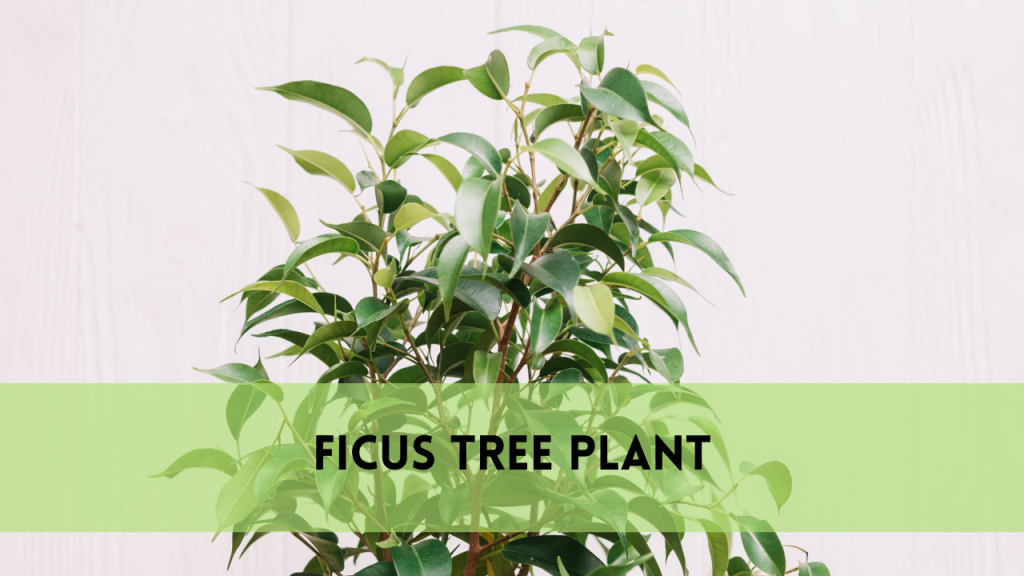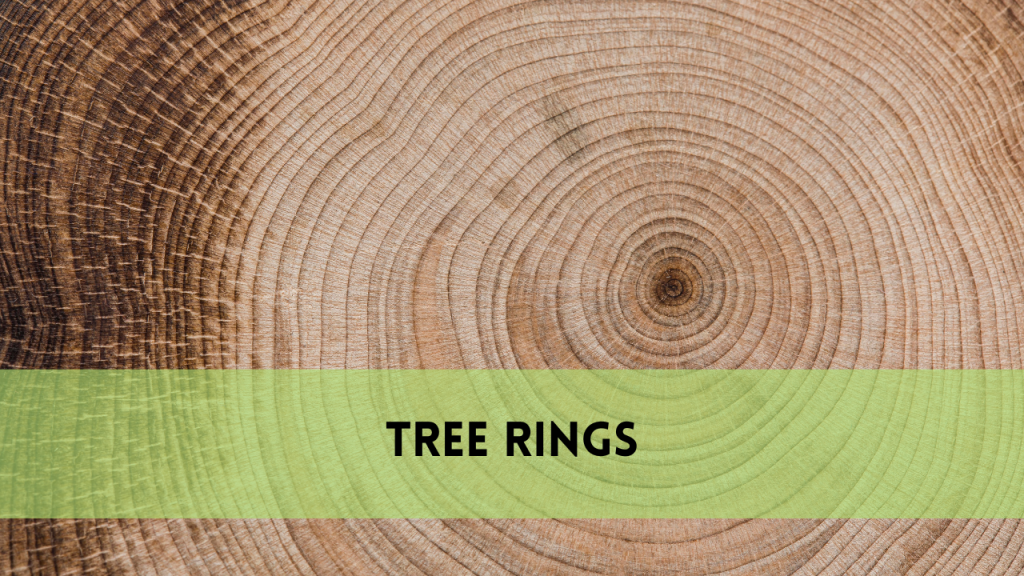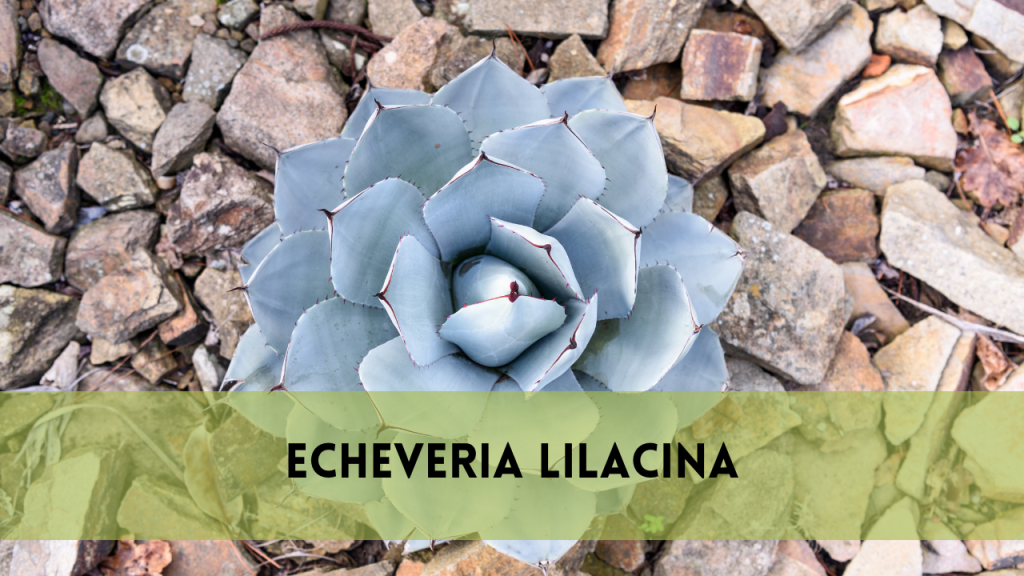Tree with Spade-Shaped Leaves
Welcome to Arborist Heights, the ultimate tree-centric getaway! In this digital sanctuary, we’ll go on a voyage to discover the natural world’s mysteries and beauties, starting with a particularly interesting subject: trees with spade-shaped leaves. As the top arboricultural authority, we are delighted to accompany you through the wonderful world of these one-of-a-kind specimens.
Spade-shaped trees have a particular place in the hearts of tree enthusiasts and environment lovers alike, thanks to their unusual foliage and ecological value. Join us as we learn about their qualities, their significance in landscaping and ecosystem health, and expert advice on how to care for and maintain them. Arborist Heights promises to be a reliable companion on this botanical expedition, whether you’re an experienced arborist or a curious novice. So grab your pruning shears and get ready to immerse yourself in the beauty of trees with spade-shaped leaves – the voyage awaits!
Tree with spade-shaped leaves
Characteristics of tree with spade-shaped leaves
Trees with spade-shaped leaves have unique traits that set them apart in the botanical world. One of these trees’ most distinguishing traits is its foliage, which has the appearance of a spade, with broad, flat leaves that taper to a point. This distinctive leaf form lends the trees a stunning appearance, making them instantly identifiable in any scene. Furthermore, trees with spade-shaped leaves frequently exhibit robust growth patterns, with branches spreading widely to form a dense canopy. This dense foliage not only gives enough shade, but it also improves the aesthetics of gardens and parks. These trees thrive in well-drained soil with moderate sunlight. While they can survive a variety of environments, they prefer weather that is neither too dry nor too wet, allowing them to adapt to many settings. Overall, trees with spade-shaped leaves are desirable complements to any garden or urban setting, providing both visual attractiveness and ecological benefits.
Importance in Landscaping
Trees with spade-shaped leaves are important in landscaping because of their distinct traits and aesthetic value. These trees serve as focal pieces in garden designs, giving them visual appeal while also promoting balance and harmony in outdoor settings. Their broad, flat leaves and luxuriant foliage add texture and depth to landscapes, making them perfect for providing shade and privacy in backyards and public parks.
Furthermore, trees with spade-shaped leaves are versatile in landscaping designs, as they can be employed as independent examples or combined with mixed plantings to create dynamic compositions. Whether trees, accent plants, or focal points in garden beds, these trees lend elegance and sophistication to any landscape. Trees with spade-shaped leaves have various environmental benefits, including improved air quality, less noise pollution, and habitat for wildlife. Their presence improves the general health and beauty of outdoor environments, making them significant resources in landscaping design.
Tree Care and Maintenance
Proper care and maintenance are critical for the health and longevity of trees with spade-shaped leaves. Pruning regularly is essential for promoting ideal growth and shape, as well as eliminating dead or diseased branches to avoid infection spread and preserve the tree’s structural integrity. Pruning spade-shaped leaves during the dormant season is critical for reducing stress and increasing regeneration capacity.
Aside from pruning, trees with spade-shaped leaves require proper soil and water management. They flourish in well-drained, organically rich soil, therefore, regular watering and mulching are required to keep soil moisture and nutrient availability stable. Monitoring soil pH levels and treating nutritional deficiencies can also assist in improving the tree’s general health and vitality. Furthermore, regular fertilisation and pest control are critical components of tree care and upkeep. Applying a balanced fertilizer can offer critical nutrients for growth, while frequent pest and disease inspections can assist in identifying and solving problems before they become serious. Arborists may ensure that trees with spade-shaped leaves stay healthy and alive for many years by developing a complete care and maintenance regimen.
Benefits to Ecosystem
Trees with spade-shaped leaves provide numerous ecosystem benefits, including increased biodiversity and improved environmental health. One of their key contributions is providing habitat for a wide variety of animals, including birds, insects, and small mammals. These trees’ lush foliage and robust branches serve as shelter, nesting sites, and food sources for a variety of species, adding to ecosystem diversity and resilience.
Furthermore, trees with spade-shaped leaves improve air quality by absorbing carbon dioxide and releasing oxygen via photosynthesis. This method not only helps to combat climate change by sequestering carbon, but it also reduces air pollution and improves human health and well-being. Furthermore, these trees serve an important role in soil conservation and water management, with their massive root systems stabilising soil, preventing erosion, and regulating water flow. Trees with spade-shaped leaves help other plants flourish and contribute to the general health and productivity of ecosystems by increasing soil fertility and retaining moisture.
The ideal growing conditions for trees with spade-shaped leaves
Spade-shaped leaf trees thrive in a special set of growing conditions that promote their health and vigour. To begin, these trees prefer well-drained, organic-rich soil that promotes root development and nutrient uptake. While they can survive a variety of soil types, including loam, clay, and sandy soils, enough drainage is required to avoid waterlogging and root rot.
Trees with spade-shaped leaves prefer moderate to full sun exposure. While they can take some shade, they prefer regions with plenty of sunlight, which encourages good foliage growth and general vigour.
Furthermore, keeping enough soil moisture levels is critical for the proper growth of spade-shaped trees. Regular watering, especially during dry months, helps keep the root system hydrated and healthy.
Overall, well-drained soil, moderate solar exposure, and proper moisture levels are essential for generating excellent growing conditions for spade-shaped trees, which can flourish and thrive in any landscape.
Related Posts:
FAQS
How do I recognize a tree that has spade-shaped leaves?
Look for broad, flat spade-shaped leaves that are usually grouped alternately along the branches.
How often should I prune spade-shaped leaves on a tree?
Pruning frequency is determined on the species and desired shape, but in general, minor pruning can be done once a year.
What are the most prevalent pests and diseases that infest spade-shaped trees?
Aphids and scale insects are common pests, and diseases like leaf spot and powdery mildew can emerge in certain situations.
Are spade-shaped leaves good for urban landscapes?
Many types of trees with spade-shaped leaves are well-suited to urban settings and can thrive in parks, streetscapes, and gardens.
How can I keep a tree with spade-shaped leaves in my garden healthy?
Make sure you water, mulch, and fertilize your plants properly, and keep an eye out for pests and illnesses.
Conclusion
Finally, trees with spade-shaped leaves make magnificent contributions to the beauty and ecological diversity of our environments. These trees contribute significantly to biodiversity, air quality, and soil health because of their distinct traits and valuable benefits to ecosystems. As we’ve shown in this tutorial, knowing the necessity of proper care and maintenance is critical to the long-term health and vitality of spade-shaped trees. Arborists and enthusiasts alike may help these trees thrive for future generations by applying solid management practices and creating ideal growing conditions. Recognizing the aesthetic and functional benefits of spade-shaped leaf trees in landscaping designs also emphasizes their versatility and significance in creating dynamic outdoor environments. These trees enrich our lives and add beauty to our surroundings, whether as shade trees, decorative specimens, or wildlife homes.





